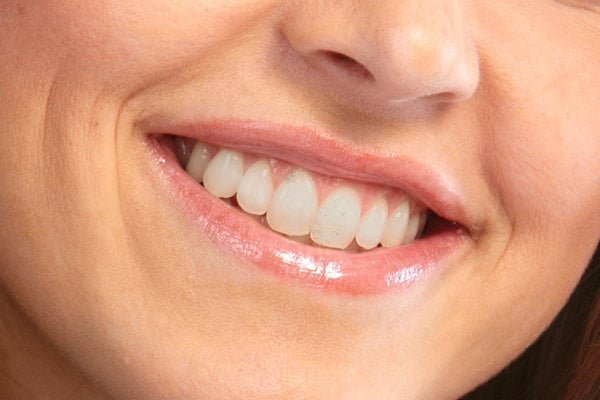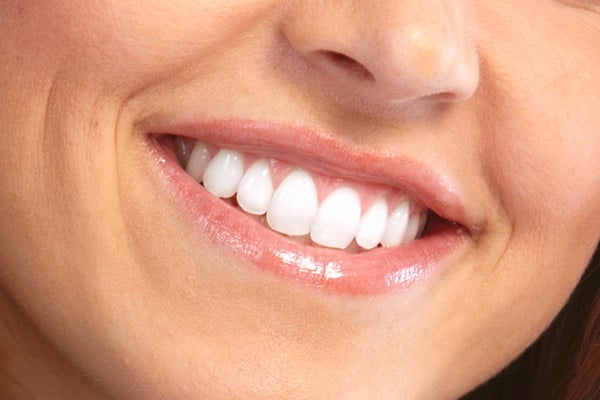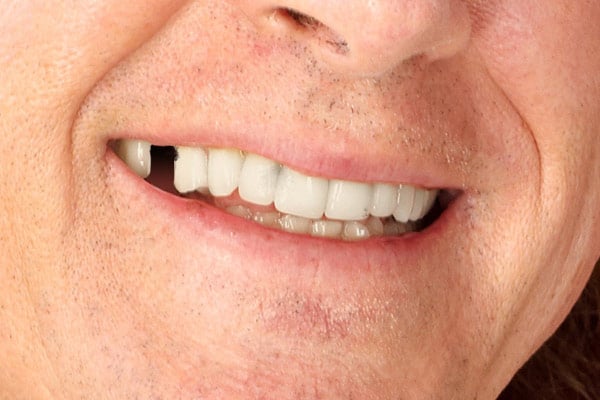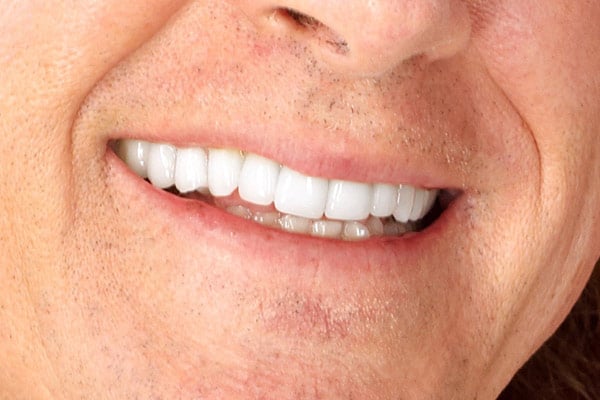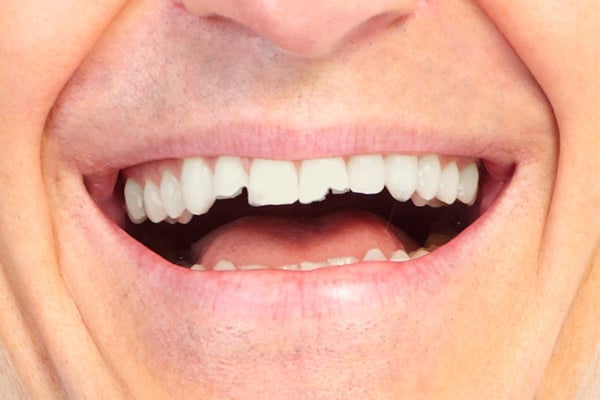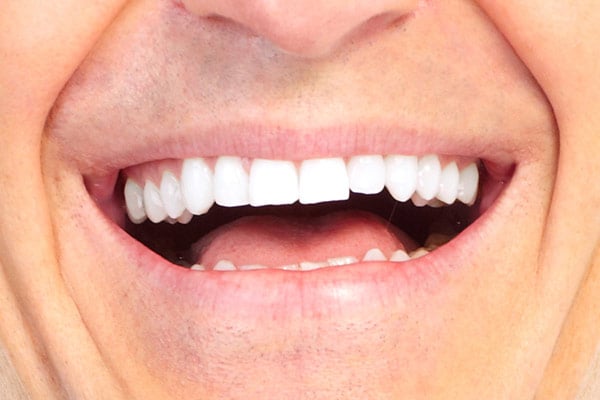Pulp therapy for kids is an essential dental procedure aimed at treating and preserving the health of the dental pulp in primary (baby) or permanent teeth. The dental pulp consists of vital tissues, including blood vessels, nerves, and connective tissue, located inside the tooth.
The primary objective of pulp therapy in children is to save the affected tooth, prevent the spread of infection, and maintain the integrity of the dental arch. This is particularly important for primary teeth, as they play a crucial role in proper chewing, speech development, and guiding the eruption of permanent teeth.
Pulp therapy becomes necessary when a primary tooth has extensive decay, trauma, or infection that has reached the pulp. Common conditions that may require pulp therapy include dental caries (cavities), dental abscesses, tooth fractures, or injuries.


